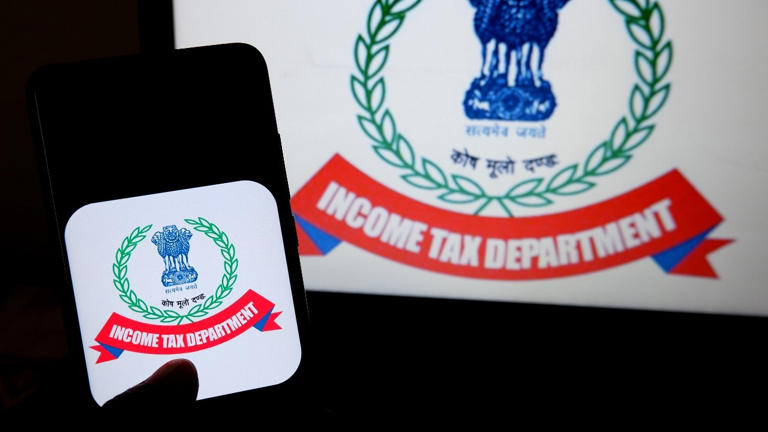“Income Tax Return Forms for 2025: A Complete Guide to Choosing the Right ITR Form for Your Filing”
The Income Tax Department of India has officially notified the Income Tax Return (ITR) forms for the financial year 2024–25, marking the beginning of the income tax filing season. Taxpayers across the country must now assess their income profiles to determine the appropriate form to use for filing returns. With forms ITR-1, ITR-2, ITR-3, ITR-4, and ITR-5 already rolled out, understanding which one applies to you is crucial for a smooth and error-free filing experience.
ITR-1, also known as Sahaj, is specifically designed for resident individuals whose total income does not exceed Rs 50 lakh in the financial year. This form is suitable if your income sources include salary or pension, income from one house property, interest from bank deposits, and small agricultural income that does not exceed Rs 5,000. However, if you hold a directorship in a company, have made investments in unlisted shares, earn capital gains, possess foreign assets, or generate income from business or professional activities, you are ineligible to use ITR-1 and must consider other forms.
For those who do not qualify under the ITR-1 criteria, ITR-2 comes into play. This form is meant for individuals and Hindu Undivided Families (HUFs) who do not earn income from business or profession. ITR-2 is ideal if you have capital gains, own foreign assets, or if your income includes that of a spouse or minor child due to clubbing provisions under the Income Tax Act. It provides a comprehensive structure for taxpayers with multiple sources of income other than business income.
ITR-3 is essential for taxpayers engaged in a business or profession. If you are a self-employed professional such as a doctor, lawyer, chartered accountant, or you run any business where income is calculated on actual profit and loss basis, then ITR-3 is the applicable form. It requires detailed records and maintenance of books of accounts, making it suitable for individuals whose financial activities are more complex and exceed the scope of presumptive income schemes.
On the other hand, ITR-4, also known as Sugam, is a simplified form for small businesses, professionals, and firms (excluding LLPs) with a total income of up to Rs 50 lakh, where income is computed under presumptive taxation schemes like sections 44AD, 44ADA, or 44AE of the Income Tax Act. This form is particularly beneficial for small taxpayers who want to avoid the hassle of maintaining detailed books of accounts and prefer a straightforward tax calculation method based on estimated income.
ITR-5 is reserved for entities such as firms, Limited Liability Partnerships (LLPs), Associations of Persons (AOPs), Bodies of Individuals (BOIs), and similar types of organizations. This form is not applicable for individual taxpayers and is meant to cover a wide range of business and non-individual entities that fall under the purview of income tax filing.
Choosing the correct ITR form is critical, as filing under the wrong category may result in rejection of the return or lead to penalties. Taxpayers are advised to assess their income sources, residential status, and the nature of their business or professional activities before selecting the form. With the new financial year underway, early and accurate filing not only ensures compliance but also offers peace of mind.
For the latest updates, expert analysis, and a comprehensive breakdown of income tax return filing in 2025, including step-by-step video guides, visit our YouTube channel THE OLIGO.

